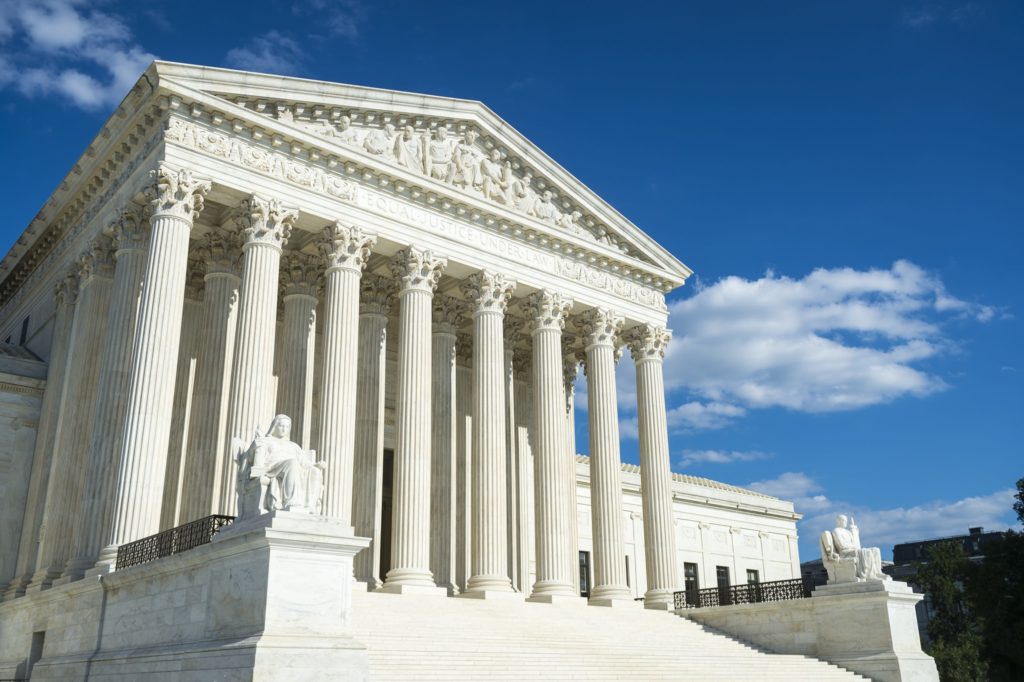New Jersey sets an example in data-driven justice
There’s good news from the Garden State on the criminal justice front. The sweeping overhaul New Jersey lawmakers undertook in January, when they essentially abolished the state’s cash-bail system, appears to be working.
Under the new system, judges use the Public Safety Assessment (PSA) – a pretrial risk assessment tool – to help them determine whether a given defendant poses a flight risk or threat to the community. They use the PSA, relevant facts from the case, arguments from the prosecutor and defender and their own discretion to decide whether the defendant should be released, detained or subject to various layers of surveillance.
In the months since the reforms went into effect, the state’s jail population has fallen by 15.8 percent, while crime has decreased 3.8 percent and violent crime by 12.4 percent, according to the New Jersey State Police.
While there is no definitive evidence to establish how much of the decline in the jail population is due to bail reform, it is certainly suggestive. This is encouraging news. Over the past decade and a half, 99 percent of the growth in jail populations nationwide is due to a growing number of pretrial detentions – that is, those who are still legally presumed innocent. Two-thirds of those locked up in county jails across the country are pretrial, costing taxpayers $13.6 billion annually.
The New Jersey reforms, in particular, are instructive in that they demonstrate how statistical algorithms can help us inch closer to justice. The PSA is designed to help determine the risk that a given defendant will skip town or commit new crimes before their trial, while being careful to avoid including sensitive demographic information like race or proxy measures like ZIP codes.
Developed and provided to jurisdictions for free by the nonprofit Laura and John Arnold Foundation, the tool instead rates individuals on nine different variables, including the defendant’s age and whether the alleged offense is violent, as well as whether the defendant had: pending charges at the time of the offense, prior misdemeanor convictions, prior felony convictions, prior convictions for violent crimes, prior failures to appear in the past two years, older instances of failing to appear; and prior incarcerations.
The PSA and other risk-assessment algorithms like it are not perfect, but they represent a welcome move toward a more rigorous, evidence-based detention process. The purpose of the pretrial system is fundamentally to ensure defendants appear for trial, reduce significant threats to public safety, all while avoiding wrongful incarceration of those who would have been very unlikely to commit a crime before their trial. The pure cash-bail system employed in much of the country is woefully unprepared to consider those hard trade-offs. Rich but dangerous defendants can simply “buy” their way out of detention, while low-risk, but impoverished defendants languish behind bars for months at a time waiting for trial.
Rather than basing these pretrial decisions solely on fixed bail schedules and judges’ human biases, these tools help formalize which variables should and should not be part of the decision-making process. They force the criminal justice system to lay out exactly how it weighs those variables, and then permit – or should permit, at least – public and civil society input into the process as a validation mechanism.
All in all, New Jersey has set an excellent example that other states should follow, both in the scope of its bail reform efforts and in the transparency of the PSA tools it choose to use. There’s exciting movement on this issue at both the state and federal level: Arizona, New Mexico, Maryland, Kentucky and the District of Columbia all have enacted reforms to their bail systems in recent years, although none to quite to the same degree as New Jersey.
California is seriously considering a similarly large reform package. At the federal level, Sens. Kamala Harris, D-Calif., and Rand Paul, R-Ky., have introduced legislation that would provide incentives for other states to do the same.
Throughout human history, we have gradually found new and better tools to help us make more accurate determinations about questions of justice and to produce better outcomes for society. Our justice system remains deeply flawed and finding the right balance between the role of software and human intuition will not be an easy task. But by all accounts, New Jersey is one step closer to finding that proper balance.







